What Is A Camperdown Elm Tree: Camperdown Elm History And Information
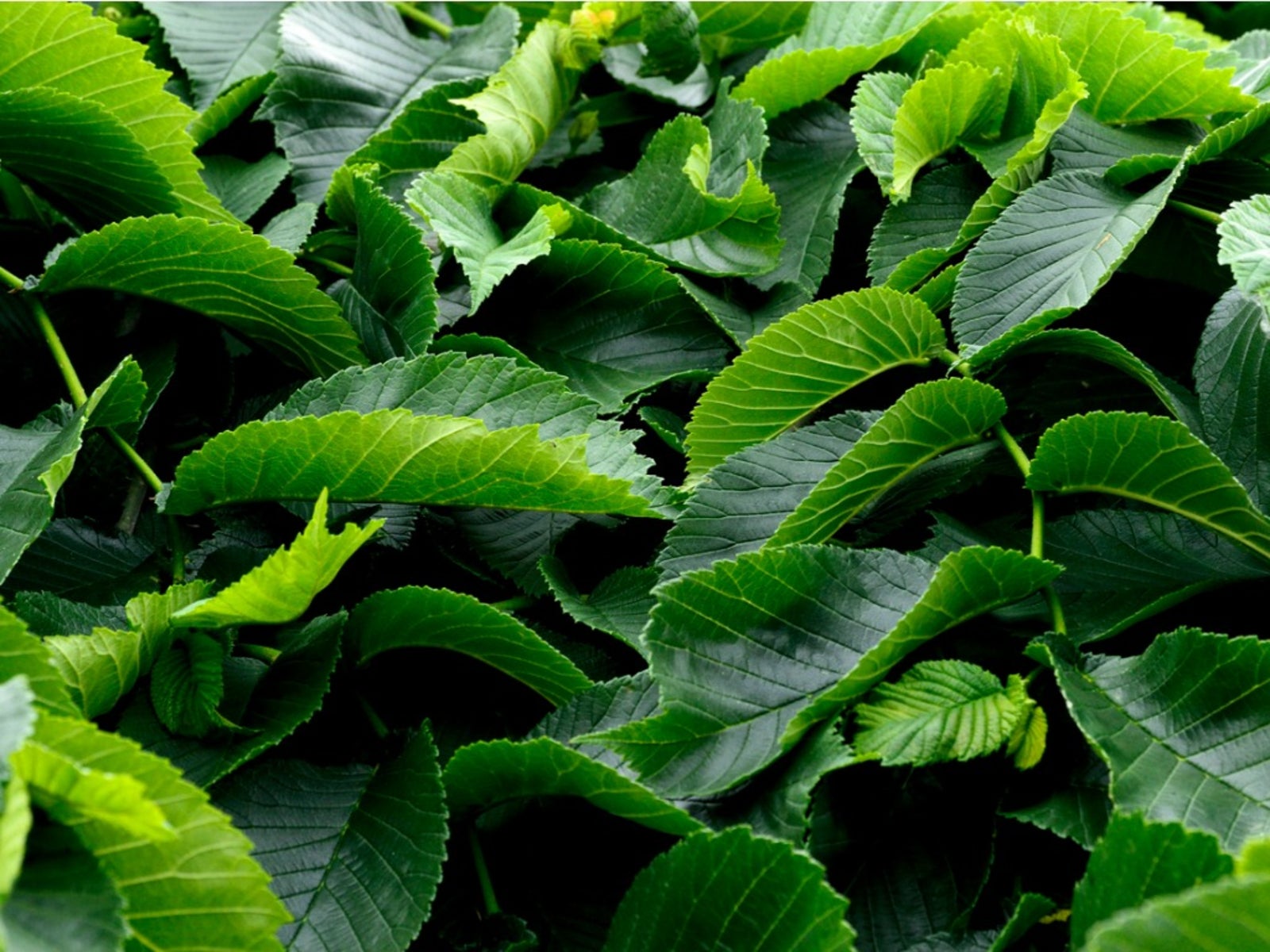

If you are familiar with Camperdown elm (Ulmus glabra 'Camperdownii'), you are surely a fan of this lovely tree. If not, you may ask: “What is a Camperdown elm tree?” In either case, read on. You’ll find lots of interesting Camperdown elm information below, including Camperdown elm history.
What is a Camperdown Elm Tree?
Camperdown is a weeping elm tree with gorgeous, twisted branches and dense foliage. Camperdown elm information tells us that the tree only grows to 25 feet (8 m.) tall but can spread even wider than its height. The tree you’ll find in commerce in this country is generally a Camperdown weeping elm crown grafted to an Ulmus americana rootstock. Camperdown elm information gives you an idea of why the tree is so popular. Its crown is domed and dense, and the twisted, root-like branches, thick with green foliage, droop to the ground if left unpruned. In spring, Camperdown weeping elm trees are covered with blossoms. Although the flowers are small and, individually, insignificant, many of them appear at the same time. When the entire dome is covered, the plant turns from dark green to light, silvery green.
Camperdown Elm History
The history of the Camperdown elm started over 100 years ago in Scotland. In 1835, a forester for the Earl of Camperdown found an elm tree growing with contorted branches in Dundee, Scotland. He transplanted the young tree within the gardens of Camperdown House, where it still stands under 9 feet (2 m.) tall with a weeping habit and contorted structure. Later, he grafted branches of it to other elms, producing the Camperdown weeping elm cultivar.
Camperdown Elm Tree Care
You can grow your own Camperdown weeping elm if you live in a mild to cool climate. The tree thrives in U.S. Department of Agriculture plant hardiness zones 5 through 7. Carefully selecting a planting site reduces the Camperdown elm tree care required to keep the tree happy and healthy. Position it in a location that gets full sun and offers moist, sandy, alkaline soil. Camperdown elm tree care includes generous and regular irrigation, especially in times of drought. You’ll also have to spray it often to keep off leaf miners. The trees can contract Dutch Elm disease, though this doesn’t happen very often in this country.
Gardening tips, videos, info and more delivered right to your inbox!
Sign up for the Gardening Know How newsletter today and receive a free copy of our e-book "How to Grow Delicious Tomatoes".

Teo Spengler is a master gardener and a docent at the San Francisco Botanical Garden, where she hosts public tours. She has studied horticulture and written about nature, trees, plants, and gardening for more than two decades. Her extended family includes some 30 houseplants and hundreds of outdoor plants, including 250 trees, which are her main passion. Spengler currently splits her life between San Francisco and the French Basque Country, though she was raised in Alaska, giving her experience of gardening in a range of climates.
-
 Types Of Tomatoes Explained: Explore The Many Wonderful Shapes, Colors, Flavors, & Best Uses
Types Of Tomatoes Explained: Explore The Many Wonderful Shapes, Colors, Flavors, & Best UsesThe world of tomato varieties is vast and fascinating. Learn about the key types to grow in your garden, tailored to your preferences and space.
By Amy Grant
-
 Try The Trend – Turn Any Bed Into A Keyhole Garden With This Clever In-Ground Composter
Try The Trend – Turn Any Bed Into A Keyhole Garden With This Clever In-Ground ComposterKeyhole gardening is an efficient and sustainable practice that saves space. Get started on this DIY project quickly and easily with an in-ground composter.
By Bonnie L. Grant
-
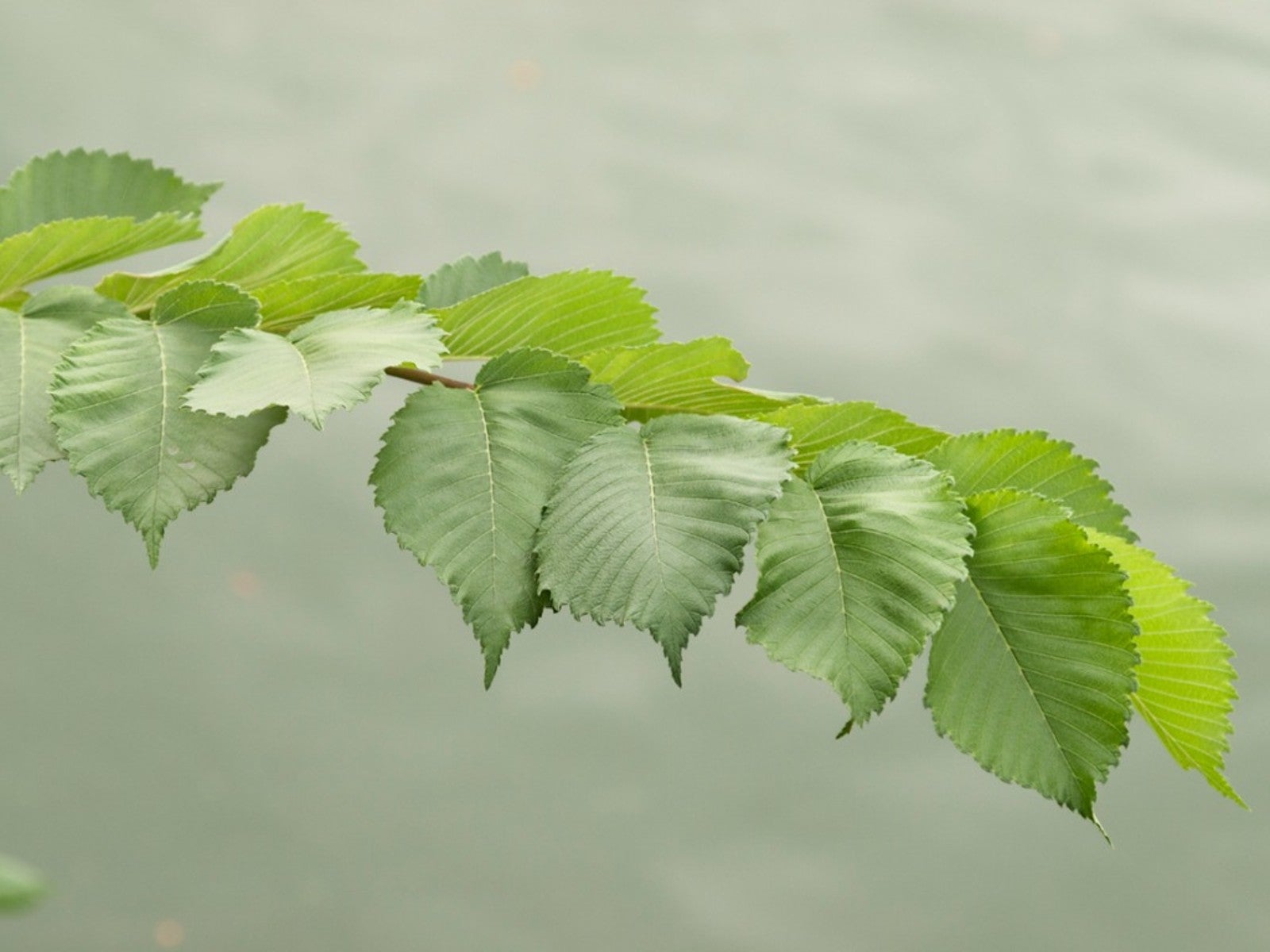 What Is An American Elm Tree - American Elm Facts
What Is An American Elm Tree - American Elm FactsThe beautiful American elm tree is probably not the best choice for your landscape. This lovely deciduous tree is sadly vulnerable to Dutch elm disease, and is not recommended by experts.
By Teo Spengler
-
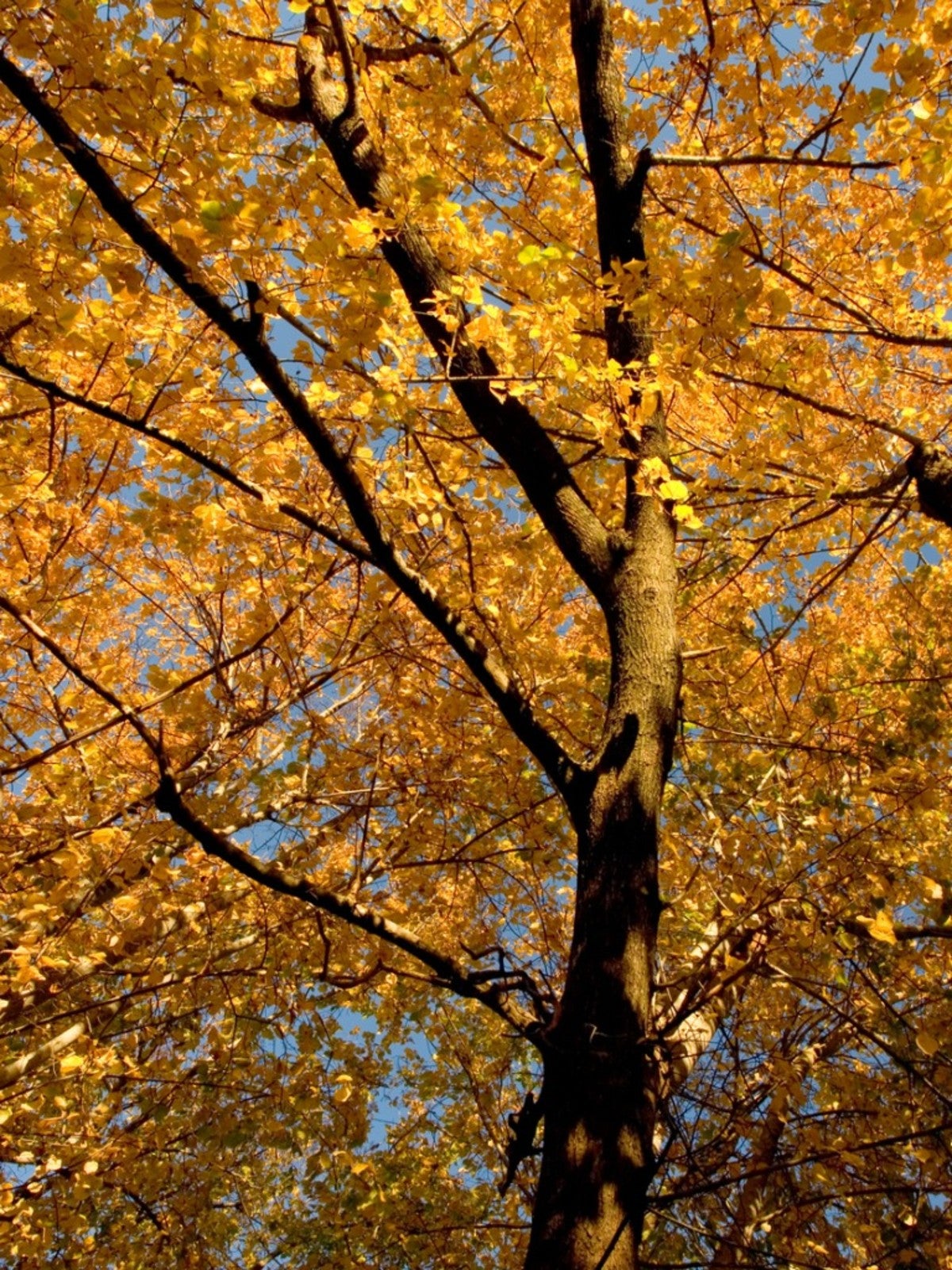 Rock Elm Tree Identification – What Does A Rock Elm Tree Look Like
Rock Elm Tree Identification – What Does A Rock Elm Tree Look LikeThe rock elm is one of the six elm trees native to the United States. Click here to learn more about the rock elm tree.
By Laura Miller
-
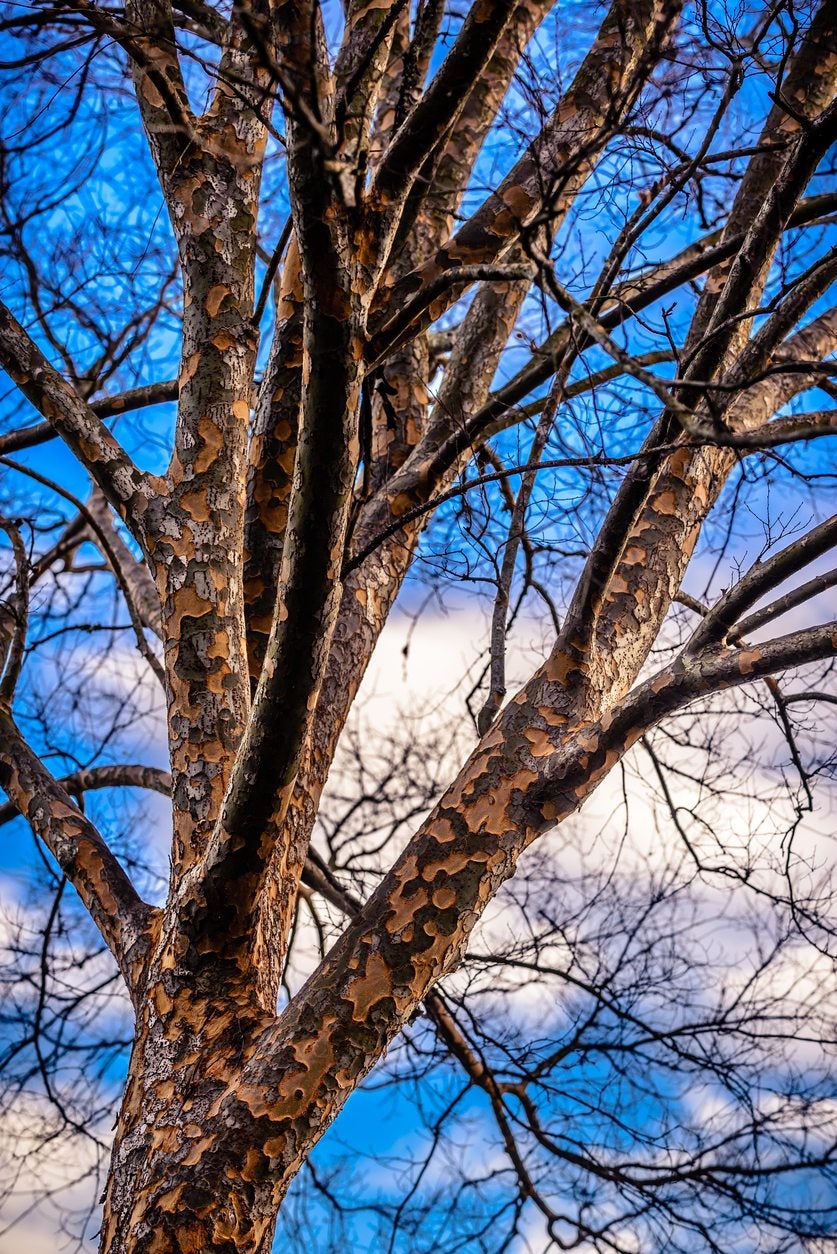 Lacebark Elm Information – Care Of Chinese Lacebark Elm In Gardens
Lacebark Elm Information – Care Of Chinese Lacebark Elm In GardensAlthough lacebark elm is native to Asia, it was introduced to the United States in 1794. Since that time, it has become a popular landscape tree, suitable for growing in USDA hardiness zones 5 through 9. Find more lacebark elm information here.
By Mary H. Dyer
-
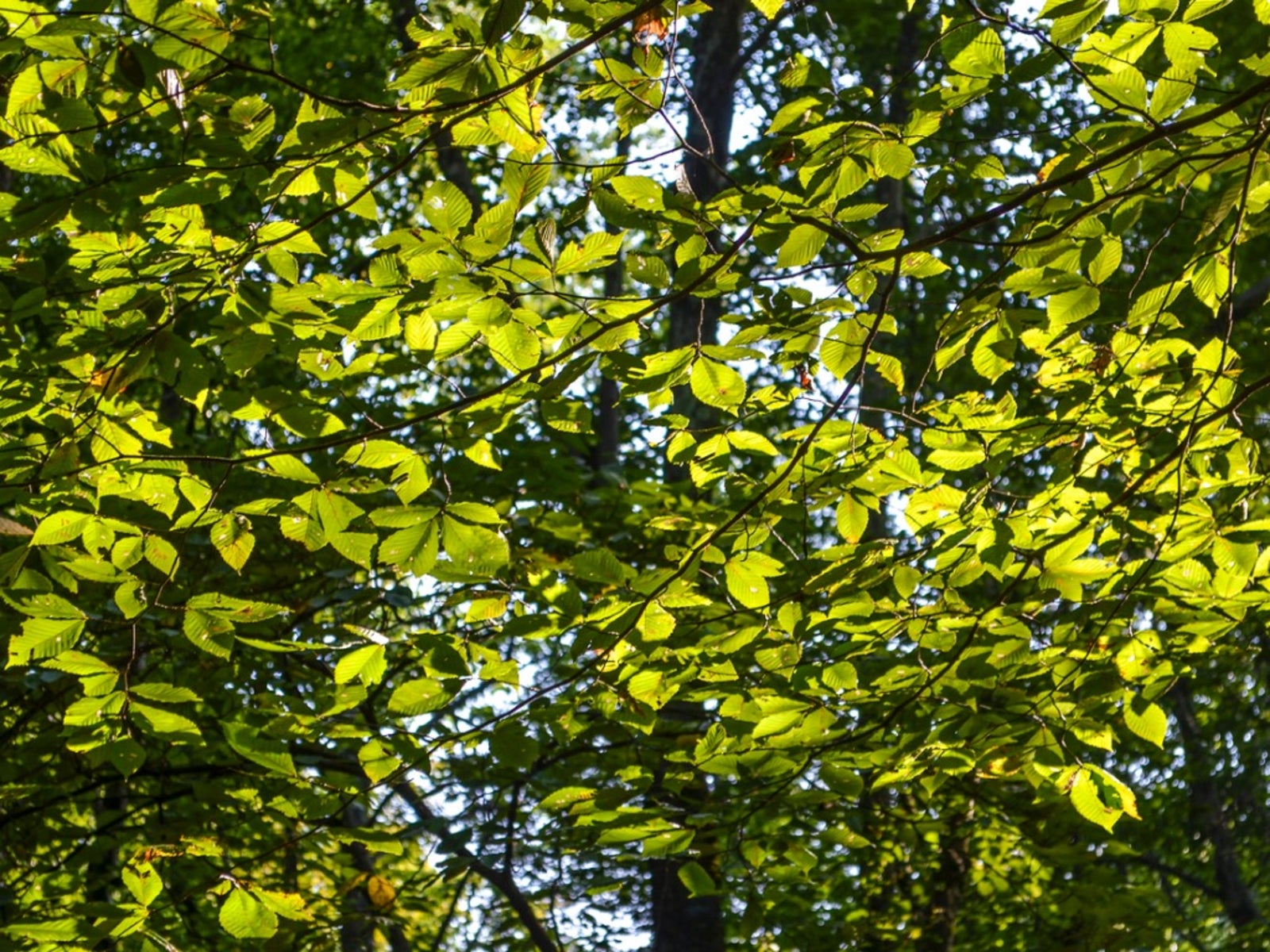 Slippery Elm Information: Tips On Using And Growing Slippery Elm Trees
Slippery Elm Information: Tips On Using And Growing Slippery Elm TreesSlippery elm bark contains a substance that becomes slick and slippery when mixed with water, hence the name. The tree has been used in herbal medicine in this country for centuries. For more information about slippery elm herb uses, click this article.
By Teo Spengler
-
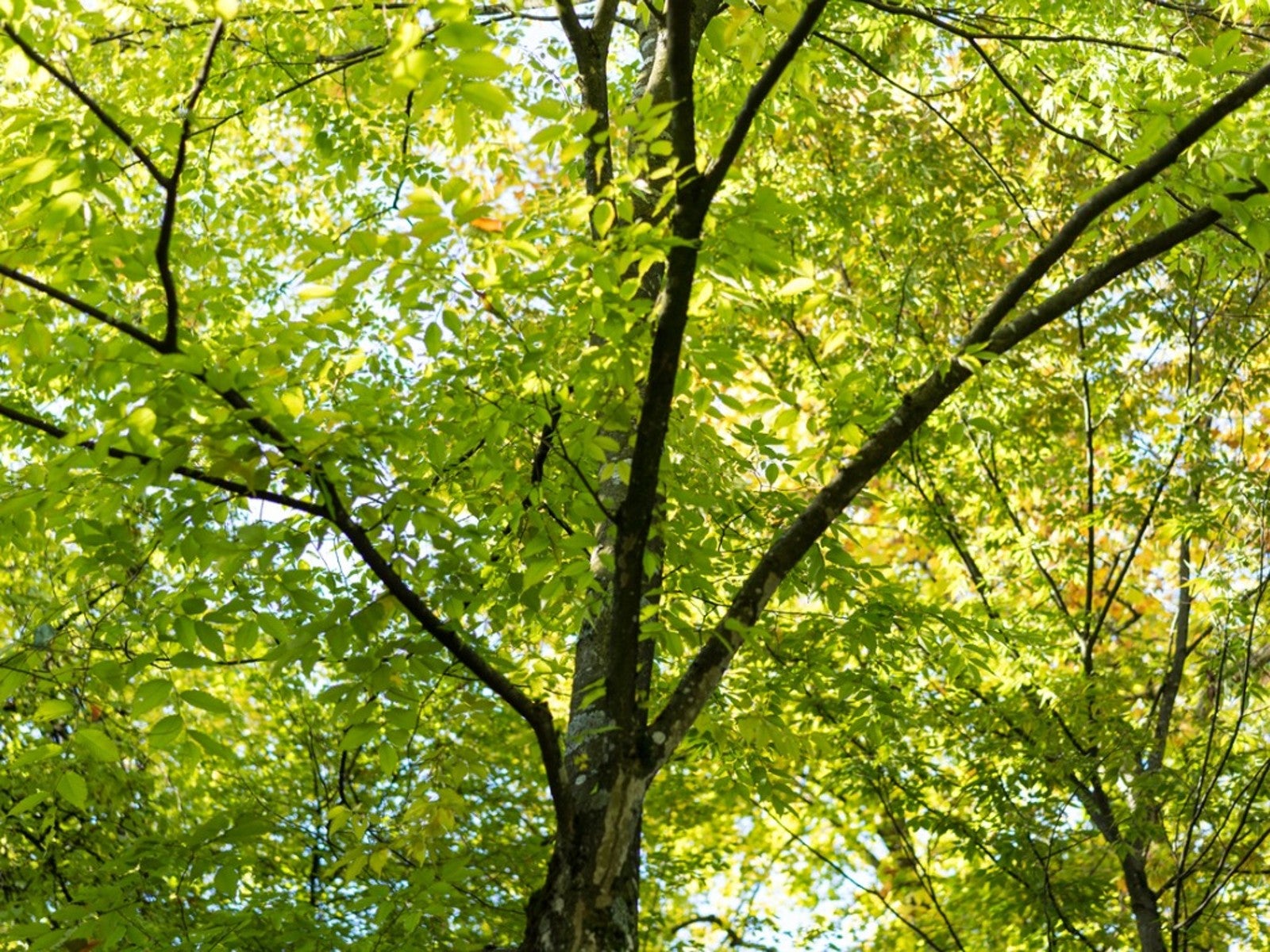 Japanese Elm Tree Care: How To Grow A Japanese Elm Tree
Japanese Elm Tree Care: How To Grow A Japanese Elm TreeBecause of Dutch Elm disease, many people opt for Japanese elm trees instead, which are hardier and equally attractive. This article provides Japanese elm tree facts, including information about how to grow a Japanese elm tree.
By Teo Spengler
-
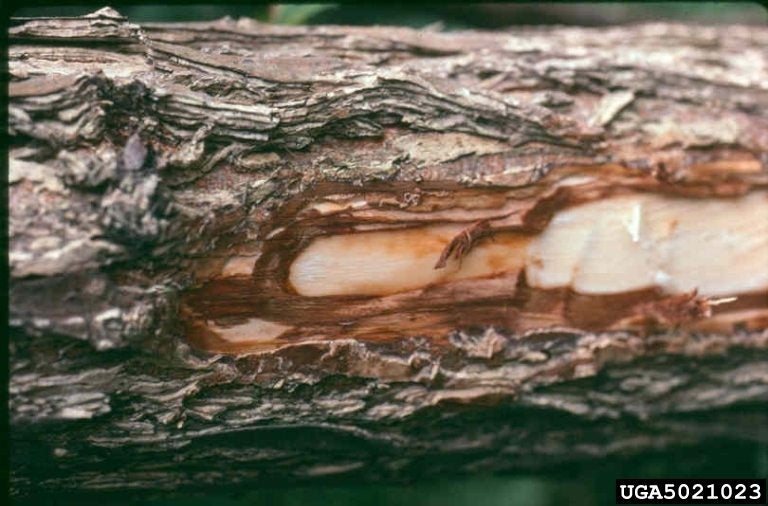 Elm Phloem Necrosis – Methods Of Elm Yellows Treatment
Elm Phloem Necrosis – Methods Of Elm Yellows TreatmentElm yellows is a disease that attacks and kills native elms. The disease is systemic and lethal. Learn about the symptoms of elm yellow disease and whether there is any effective elm yellows treatment in this article. Click here for more info.
By Teo Spengler
-
 Drake Elm Tree Growing: Tips On Caring For Drake Elm Trees
Drake Elm Tree Growing: Tips On Caring For Drake Elm TreesThe drake elm (also called Chinese elm or lacebark elm) is a quick-growing elm tree that naturally develops a dense, rounded, umbrella-shaped canopy. For more drake elm tree information and details on caring for drake elm trees, click this article.
By Teo Spengler
-
 Winged Elm Tree Care: Tips For Growing Winged Elm Trees
Winged Elm Tree Care: Tips For Growing Winged Elm TreesThe winged elm, a deciduous tree native to the southern woodlands of the United States, grows in both wet areas and dry, making it a very adaptable tree for cultivation. Click this article for information about growing winged elm trees.
By Teo Spengler